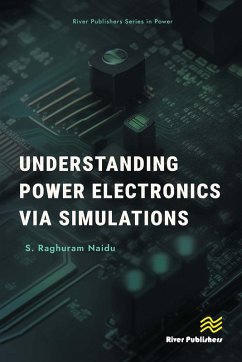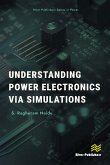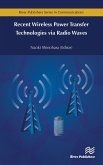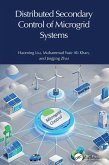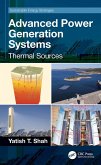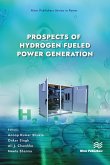Theoretical analysis of the circuits and approximate calculations precede the simulations, and the reader is taken by hand through the numerical analysis. Finally, when the programs are presented, they are simple and easy to understand. Python is a computational language that is easy to learn and has the libraries necessary for simulations.
The author has observed that students' interest in Power Electronics is enhanced when they learn to simulate the circuits without depending on a general-purpose program. This book encourages the reader to run the programs and perform numerical experiments. Quite a few simulations in the later chapters have been left as exercises for the reader. Many feedback control issues have been extensively discussed in the chapter on non-isolated DC-DC converters.
Dieser Download kann aus rechtlichen Gründen nur mit Rechnungsadresse in A, B, BG, CY, CZ, D, DK, EW, E, FIN, F, GR, HR, H, IRL, I, LT, L, LR, M, NL, PL, P, R, S, SLO, SK ausgeliefert werden.

